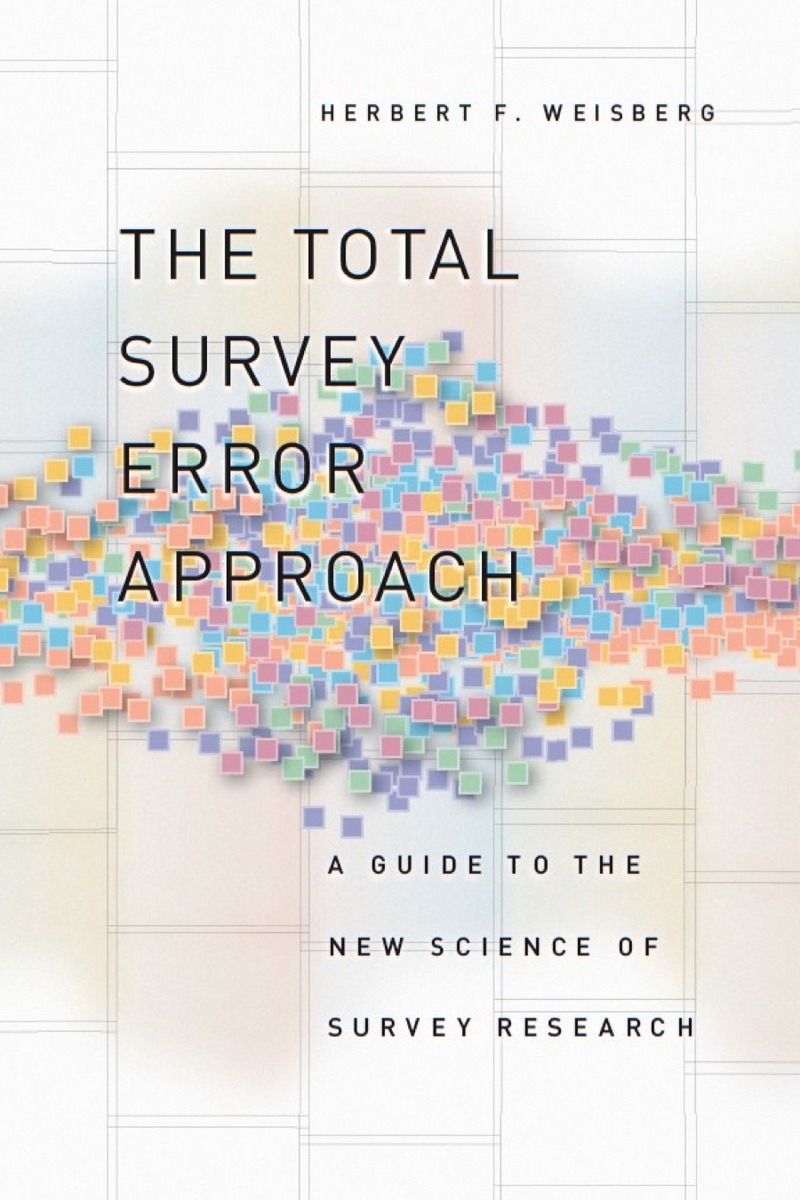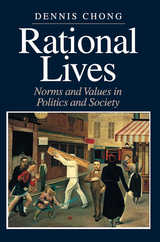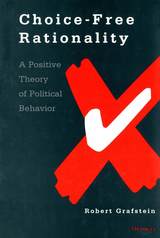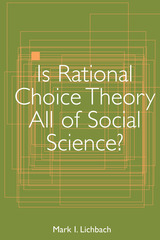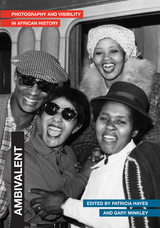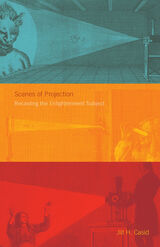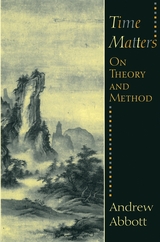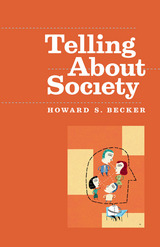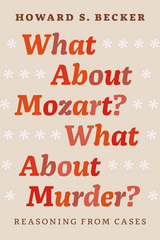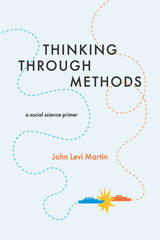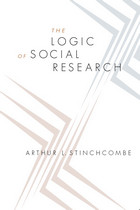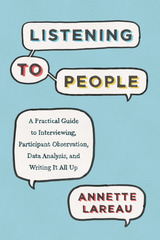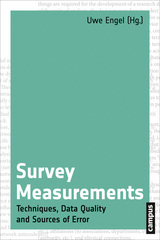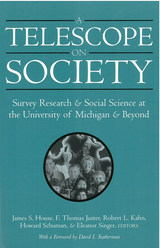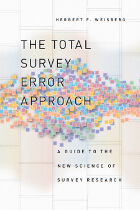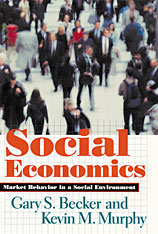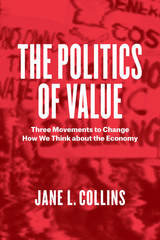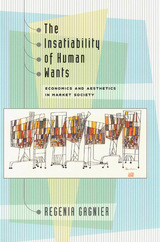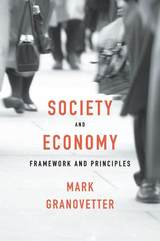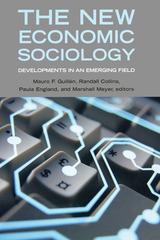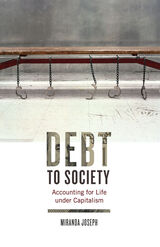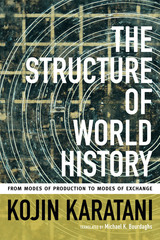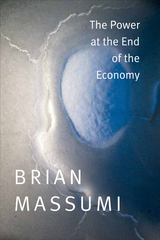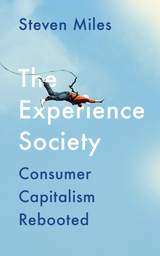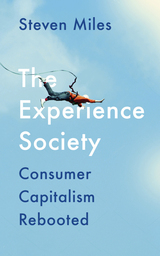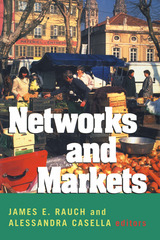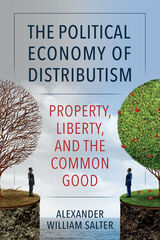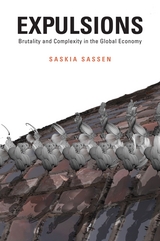The Total Survey Error Approach: A Guide to the New Science of Survey Research
University of Chicago Press, 2005
Paper: 978-0-226-89128-6 | eISBN: 978-0-226-89129-3 | Cloth: 978-0-226-89127-9
Library of Congress Classification HM538.W45 2005
Dewey Decimal Classification 300.723
Paper: 978-0-226-89128-6 | eISBN: 978-0-226-89129-3 | Cloth: 978-0-226-89127-9
Library of Congress Classification HM538.W45 2005
Dewey Decimal Classification 300.723
ABOUT THIS BOOK | AUTHOR BIOGRAPHY | REVIEWS | TOC | REQUEST ACCESSIBLE FILE
ABOUT THIS BOOK
In 1939, George Gallup's American Institute of Public Opinion published a pamphlet optimistically titled The New Science of Public Opinion Measurement. At the time, though, survey research was in its infancy, and only now, six decades later, can public opinion measurement be appropriately called a science, based in part on the development of the total survey error approach.
Herbert F. Weisberg's handbook presents a unified method for conducting good survey research centered on the various types of errors that can occur in surveys—from measurement and nonresponse error to coverage and sampling error. Each chapter is built on theoretical elements drawn from specific disciplines, such as social psychology and statistics, and follows through with detailed treatments of the specific types of error and their potential solutions. Throughout, Weisberg is attentive to survey constraints, including time and ethical considerations, as well as controversies within the field and the effects of new technology on the survey process—from Internet surveys to those completed by phone, by mail, and in person. Practitioners and students will find this comprehensive guide particularly useful now that survey research has assumed a primary place in both public and academic circles.
Herbert F. Weisberg's handbook presents a unified method for conducting good survey research centered on the various types of errors that can occur in surveys—from measurement and nonresponse error to coverage and sampling error. Each chapter is built on theoretical elements drawn from specific disciplines, such as social psychology and statistics, and follows through with detailed treatments of the specific types of error and their potential solutions. Throughout, Weisberg is attentive to survey constraints, including time and ethical considerations, as well as controversies within the field and the effects of new technology on the survey process—from Internet surveys to those completed by phone, by mail, and in person. Practitioners and students will find this comprehensive guide particularly useful now that survey research has assumed a primary place in both public and academic circles.
See other books on: New Science | Probability & Statistics | Social sciences | Social surveys | Statistics
See other titles from University of Chicago Press
